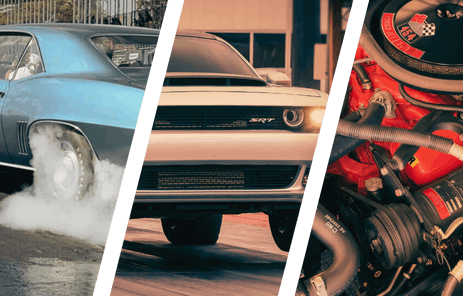Classic muscle cars tend to occupy a sort of gray legal zone, as it can be impossible to keep track of a particular car, its VIN number, and everything that goes along with that. While that may not bother your average shadetree mechanic, when you are plunking down hundreds of thousands of dollars you’re going to want the real deal. So last summer, when the Oklahoma State Bureau of Investigation started sniffing around Classic Restorations, a Shelby-licensed builder of the GT500CR, a lot of eyebrows were raised as the investigation proceeded.
Classic Restorations was eventually absolved, and Autoblog reports that as a result new laws have been put on to the books regarding the restoration of classic and aftermarket automobiles.
The investigation into Classic Restorations centered around VIN number fraud, where the VIN numbers from original-but-wrecked cars were applied to less desirable models, like six-cylinder Mustangs or even reproduction bodies. As it turns out, Classic Restorations was innocent of any wrongdoing, though lawmakers in Oklahoma have now passed into law a bill that sets stringent but clear guidelines regarding classic and aftermarket automobiles.
The new law now allows the use of new, replacement body panels on cars that have a clean, original title and the replacement parts have been approved by the OEM manufacturer. If the body of the car is too far gone to replace, a new body may be used as long as it is the exact same year, make, and model vehicle (so no rebadging a ’67 Mustang as a ’68, even though they’re virtually identical vehicles.) Finally, the builder will have to pay a rebody fee, and an asterisk will applied that informs potential buyers that this is indeed a rebody car. That should clear the air a bit and make that gray area a bit more black-and-white and give both buyers and builders a clearer picture of what they’re getting into.
You might also like
SEMA 2025: Detroit Speed Wins Best New Product Award in the Performance Street Category For Fox Body SLA
This system replaces the outdated factory suspension with modern geometry, increased strength, and race-proven adjustability



